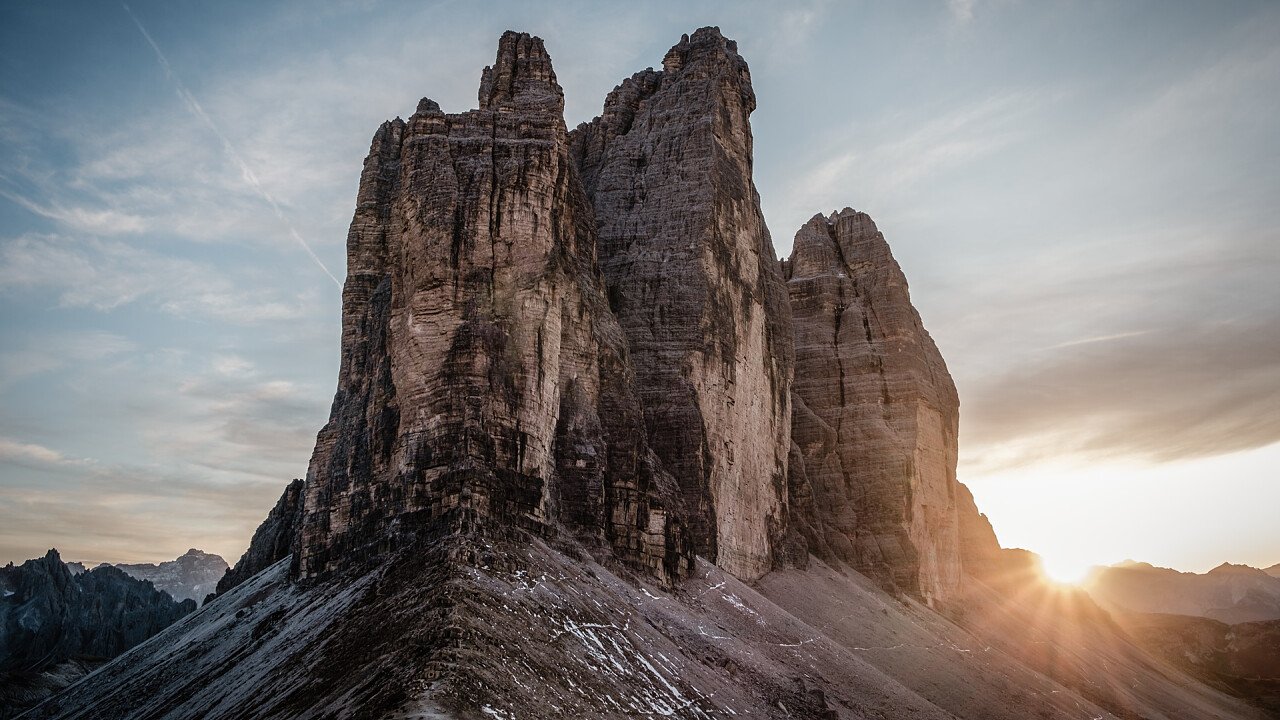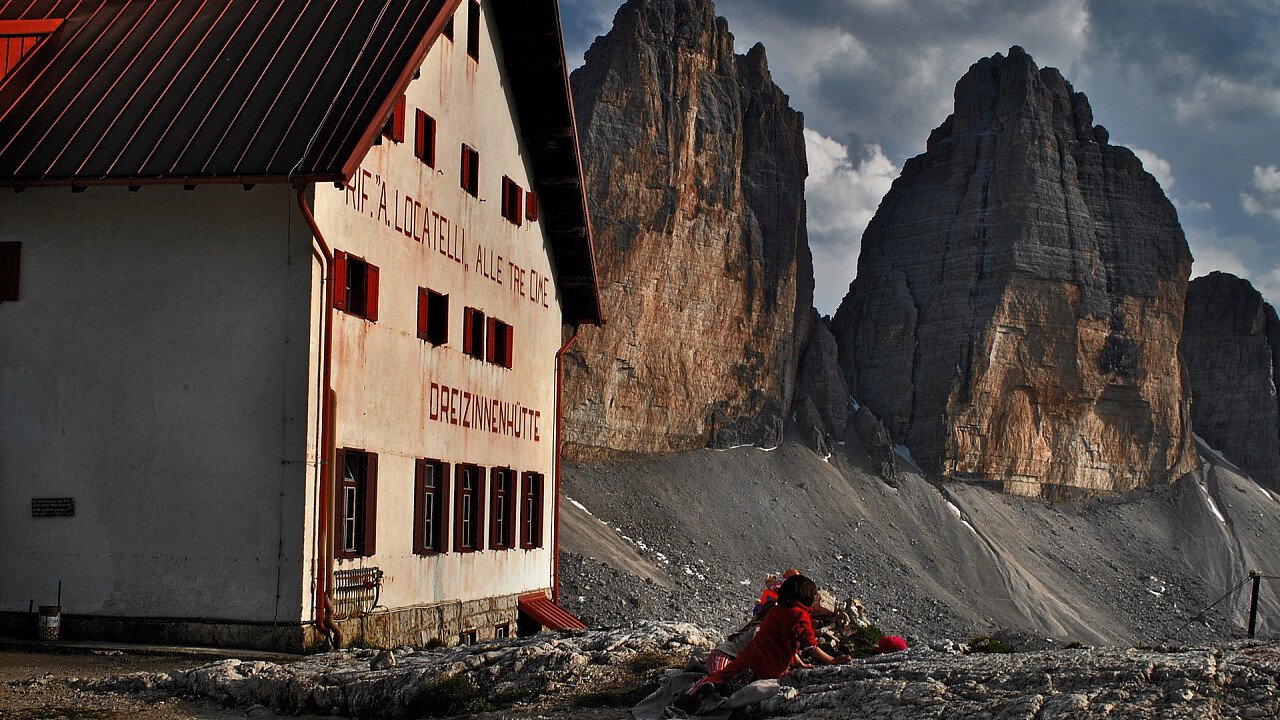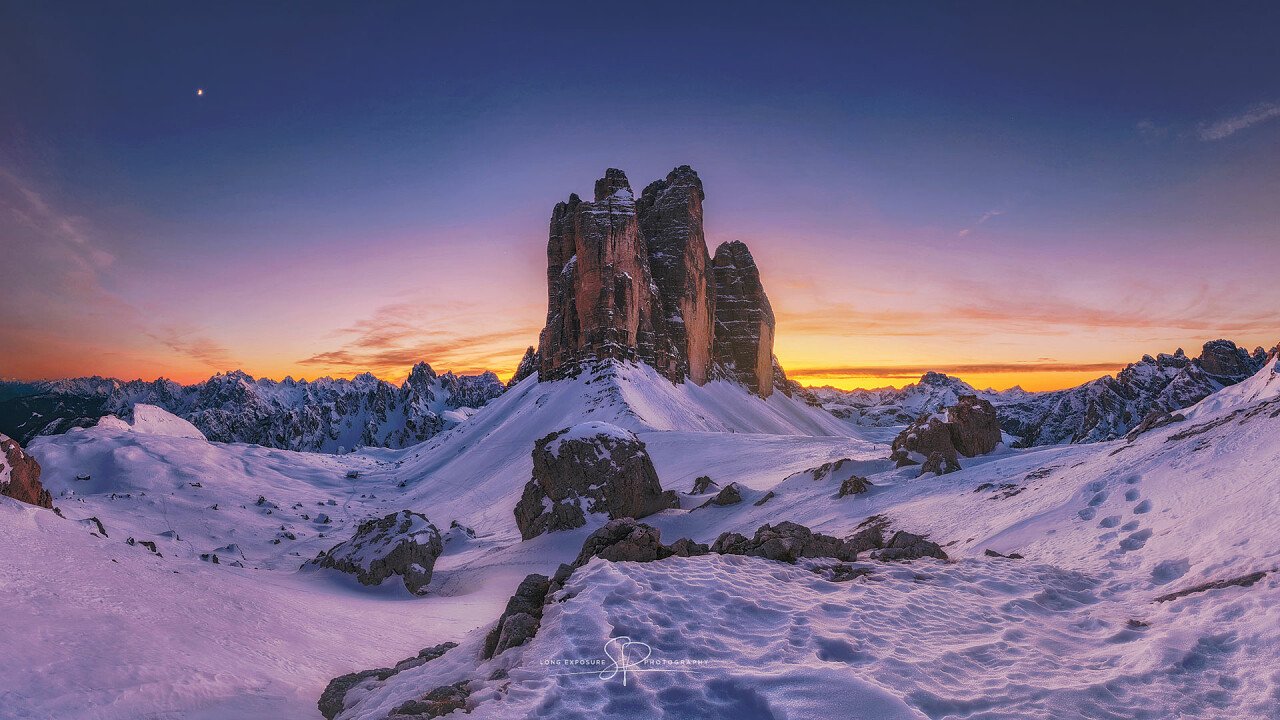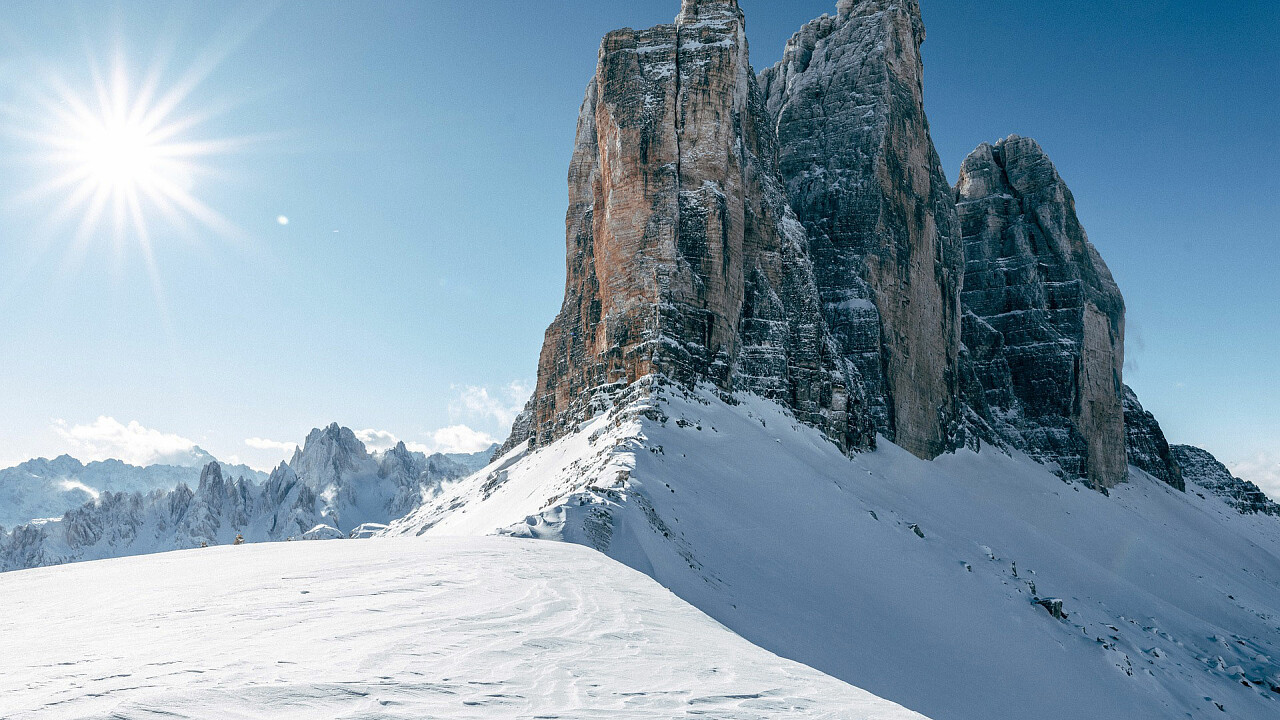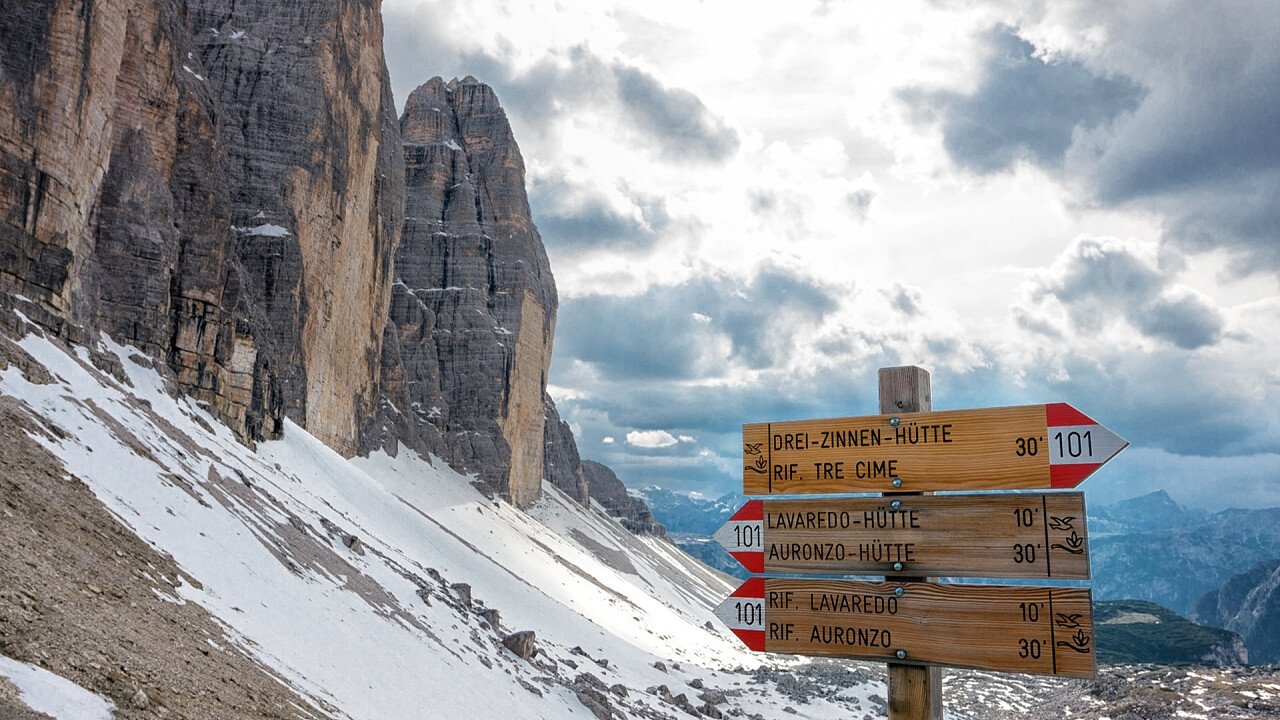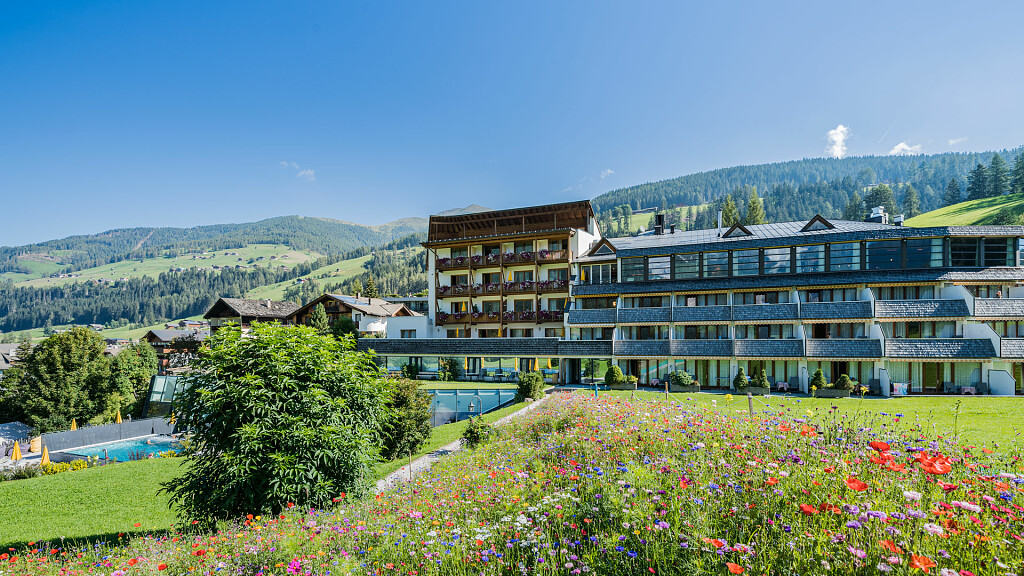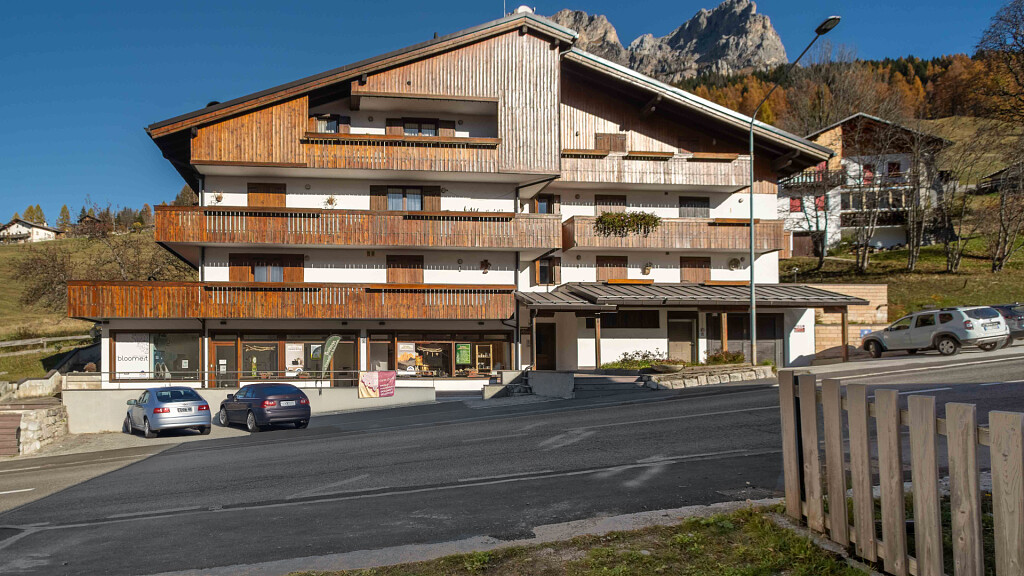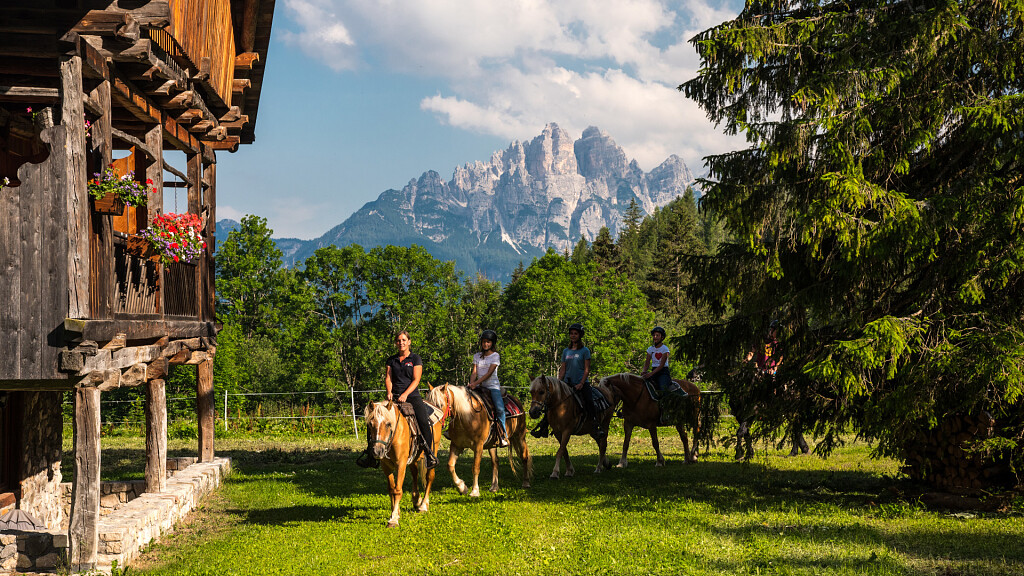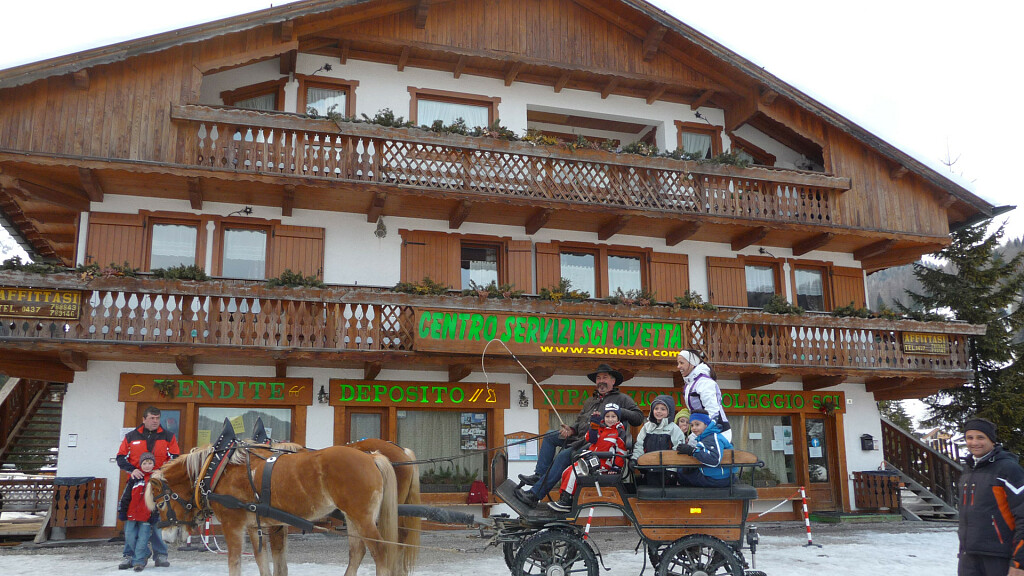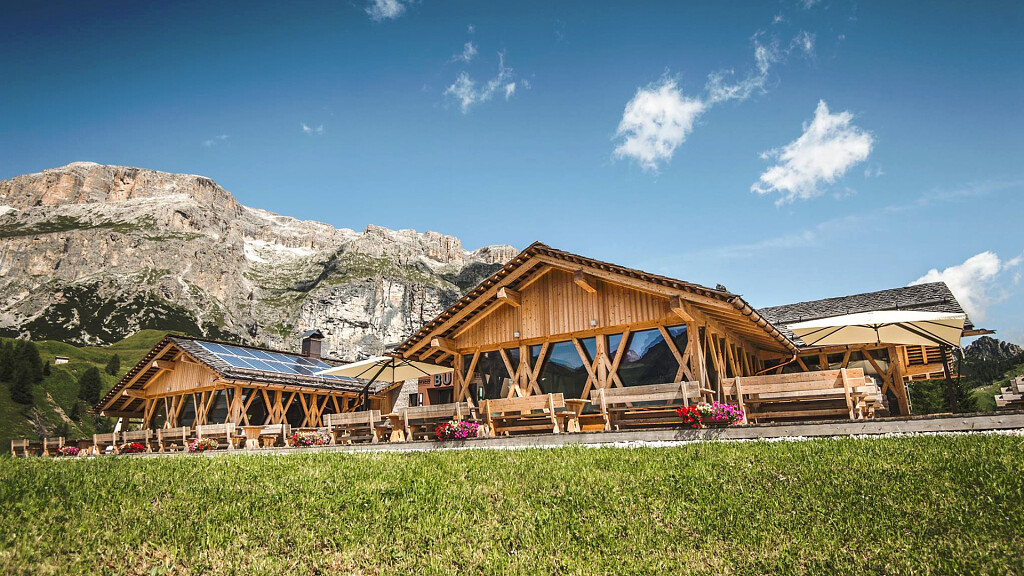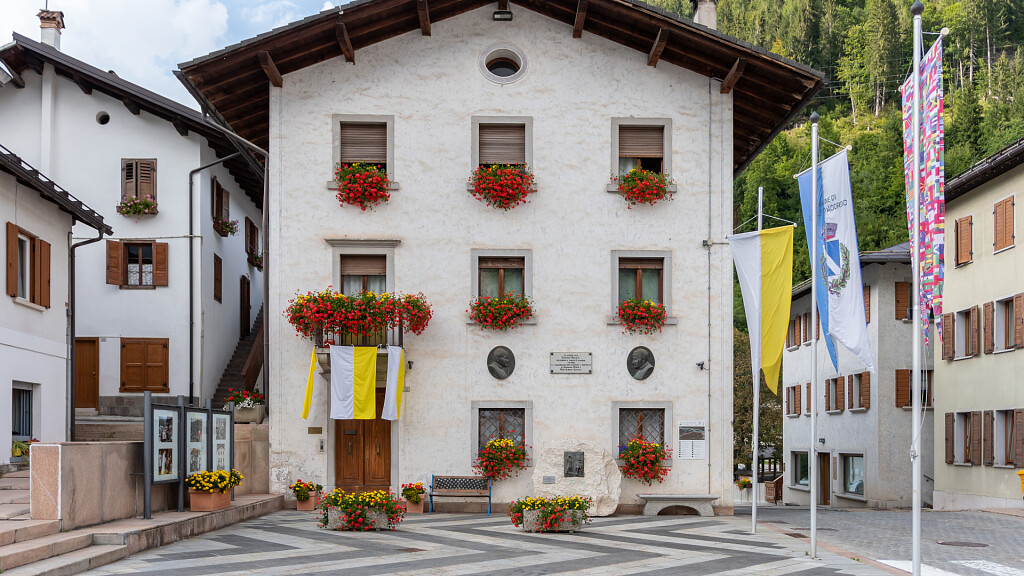The Three Peaks of Lavaredo, rising on the border between the northernmost section of the Province of Belluno and the holiday region Three Peaks/3 Zinnen in the Dolomites, in South Tyrol, are among the best known mountains in the Alps, the more photographed and represented on postcards and calendars.
Easily accessible and of great historical value, these works of art created by nature have with their distinctive shape and dramatic beauty always attracted tourists, especially those who love nature and appreciate breathtaking landscapes. During the decades this has been a must destination for climbers, and in the last years many free climbers came here to put their abilities to the test. On the Three Peaks of Lavaredo there are in fact over 100 recorded routes.
You can easily reach the Three Peaks from the province of Belluno (Auronzo and Misurina lake), and from South Tyrol (Sesto Valley and Dobbiaco). The massif was once in the municipality of Auronzo, but since 1752 it was divided in two parts, and now the northern section is in the territory of Dobbiaco, whereas the southern section still belongs to Auronzo.
The distinctive shape and color of the Three Peaks make this massif, which became a symbol for the Dolomites, easily recognizable: the "three dolostone fingers" stretching towards the sky are in fact a unique view. The massif comprises three peaks: Cima Grande (2,999 m), Cima Ovest (2,973 m) and Cima Piccola (2,857 m).
History: World War I
The Three Peaks have always been important. Historically they were an important battle zone, during the First World War, between 1915 and 1917 the peaks represented the war front. Numerous trenches, barricades and tunnels are still visible today as evidence of this period. In 1974, the Tre Cime di Lavaredo were also the spectators of a sad event: the crash of a Bell 206 helicopter, of which a memorial plaque composed of the helicopter blades remains.
In summer on the Three Peaks of Lavaredo
There are numerous paths that can be taken starting from the three huts - Locatelli, Auronzo, Lavaredo - suitable for all types of walkers, and several lakes that can be admired. For the more trained, there is the excursion that leads from the Auronzo Hut to the Locatelli Hut with a ferrata to the summit of Monte Paterno.
The Three Peaks are also crossed by the Alpine Path of the Dolomites n. 4. They can also be reached by mountain bike: there are several itineraries that allow you to approach or reach them. One of these is, for example, the Three Lakes Tour, a 60 km loop route starting and finishing in Dobbiaco, passing by the lakes of Dobbiaco, Landro and Misurina and then climbing up to the Auronzo and Lavaredo refuges.
Those who love great challenges will find plenty to do on the climb to the Tre Cime di Lavaredo, a stage of the Giro d'Italia many times: short and merciless, starting shortly after Lake Misurina and arriving at the Auronzo refuge. One must take the private road that deviates from State Road 48bis and climb for 7 km. The actual climb begins after the toll booth: 4 km and 700 metres with an average gradient of more than 10% and an altitude difference of 473 metres. An important summer race is the Südtirol Corsa Tre Cime Alpin, which starts at Sesto and finishes at the Tre Cime.
The Three Peaks Tour
Once you have reached the base of this triptych, you can embark on a beautiful hike, the Three Peaks Tour, a ring-route 9.5 km long, which can be covered in just over 3 hours and is not too tiring and has very little altitude difference. Having parked the car at the Auronzo Hut, the hike begins along the flat dirt road no. 101 leading to the opposite side of the mountain. A beautiful sunny stretch from morning to evening along the scree.
After about 15 minutes you reach the little church dedicated to Mary Help of Christians and the stele dedicated to Paul Grohmann, and from there the Lavaredo Hut. From here you can choose whether to follow the path at the base of the Torre Piccola to the Malga Lunga or to take the dirt road to the Forcella Lavaredo (45 minutes' walk). On reaching the pass, the Locatelli Hut can be seen in the distance. The spectacle is disarming: the Tre Cime di Lavaredo, Croda dei Rondoni, Monte Mattina, Teston Rudo, Sasso di Sesto, Croda Passaporto and Monte Paterno can be seen in all their grandeur. From here, a number of paths descend to the north side of the triptych to reach the opposite side, where there are some small alpine lakes. Continuing on, you reach Col Forcellina, then after the scree, the Forcella di Mezzo and finally the car park where you will find your car.
In winter on the Three Peaks
These three famous peaks can also be admired in winter: those who are fit and well trained can climb the Three Peaks with snowshoes. This is a demanding 6-hour, 13-kilometre tour that starts in Val Fiscalina near Sexten. From here you reach the Fondo Valle Hut at 1,548 metres, turn right into Val Sassovecchio, passing Cima Una. Continue to Locatelli Hut (closed in winter). Another beautiful excursion with snowshoes is the one that starts from Lake Antorno: you arrive at the tollgate for the Tre Cime, continue to the Malga Rinbianco and then climb up to the Auronzo Refuge. From the lake, you can also set off on ski mountaineering skis or arrive at the triptych on comfortable snowmobiles with the possibility of returning by sledge.
Toll road: opening hours and rates
Information on the road and tolls is available at the Tre Cime toll booth: +39 0435 39109 and at Consorzio Turistico Tre Cime di Auronzo di Cadore on +39 0435 99603.
From 31/05 - 12/10/2025 a shuttle bus line 444 from Dobbiaco to the Auronzo Hut will be available as an alternative to the toll road. The bus does not stop at Misurina and Lake Antorno.

